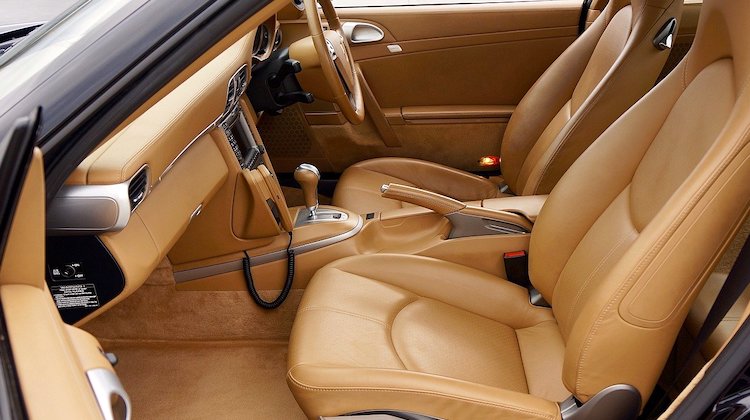
The synthetic leather market is currently valued at $38.9 billion, but it’s expected to jump to $77 billion by 2032, according to a new industry report.
Introspective Market Research (IMR) attributes much of the growth to rising demand in the automotive sector, which was the largest end-user of synthetic leather in 2023.
“The industry’s expansion reflects a shift toward cruelty-free, sustainable alternatives to animal leather, with polyurethane (PU) and polyvinyl chloride (PVC) as primary materials used in production,” IMR says in the report. “The automotive sector, in particular, is a significant driver, with synthetic leather widely used for upholstery and trim, reducing reliance on animal leather while maintaining durability and aesthetic appeal.”
Growing demand for cruelty-free, durable materials has led to a 25% increase in automakers’ adoption of synthetic leather for car interiors, the report says, citing Tesla and BMW as examples.
Still, the adoption hasn’t been universal, as many consumers still consider genuine leather to be far superior to synthetic leather.
“Consumer awareness and perception pose significant challenges for the synthetic leather market. Many consumers remain unaware of the advancements in synthetic leather technology, such as innovations in durability, breathability and eco-friendliness,” the report says.
“For example, brands like Ultrafabrics and Miko Lush are creating high-performance synthetic leathers that rival genuine leather in quality and texture, yet many consumers still associate synthetic options with lower quality. This perception hampers market growth, as genuine leather continues to dominate with a market share of approximately 60%, primarily due to its association with luxury and status.”
A 2023 survey found that 55% of consumers prefer genuine leather over synthetic leather for its durability, the report says. That’s across all sectors, including automotive, furniture and fashion.
The report concludes that manufacturers will need to invest more in marketing to educate consumers on the benefits of synthetic leather. They must also face-off with the very large and influential leather industry, which is actively pushing back against the notion that synthetic leathers made from PU and PVC are sustainable.
To order and read the full report from IMR, click here.
Recent Comments